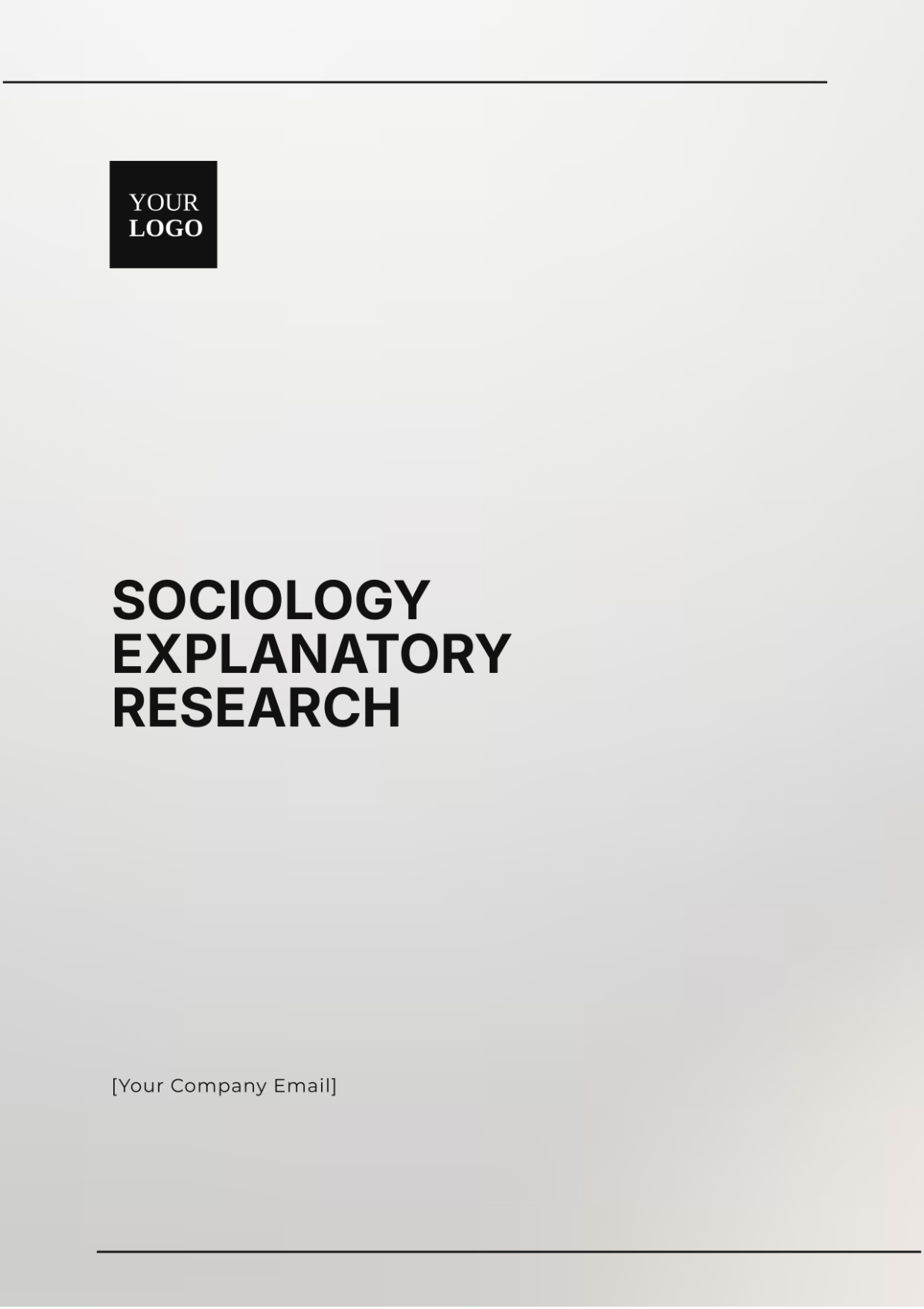Free Sociology Explanatory Research
Unlock the power of insightful research with the Sociology Explanatory Research Template from Template.net. This fully customizable and editable template is designed for seamless integration into your projects. Easily tailor it to your needs using our AI Editor Tool, ensuring every detail aligns with your research objectives. Ideal for precision and clarity in sociological studies.






























